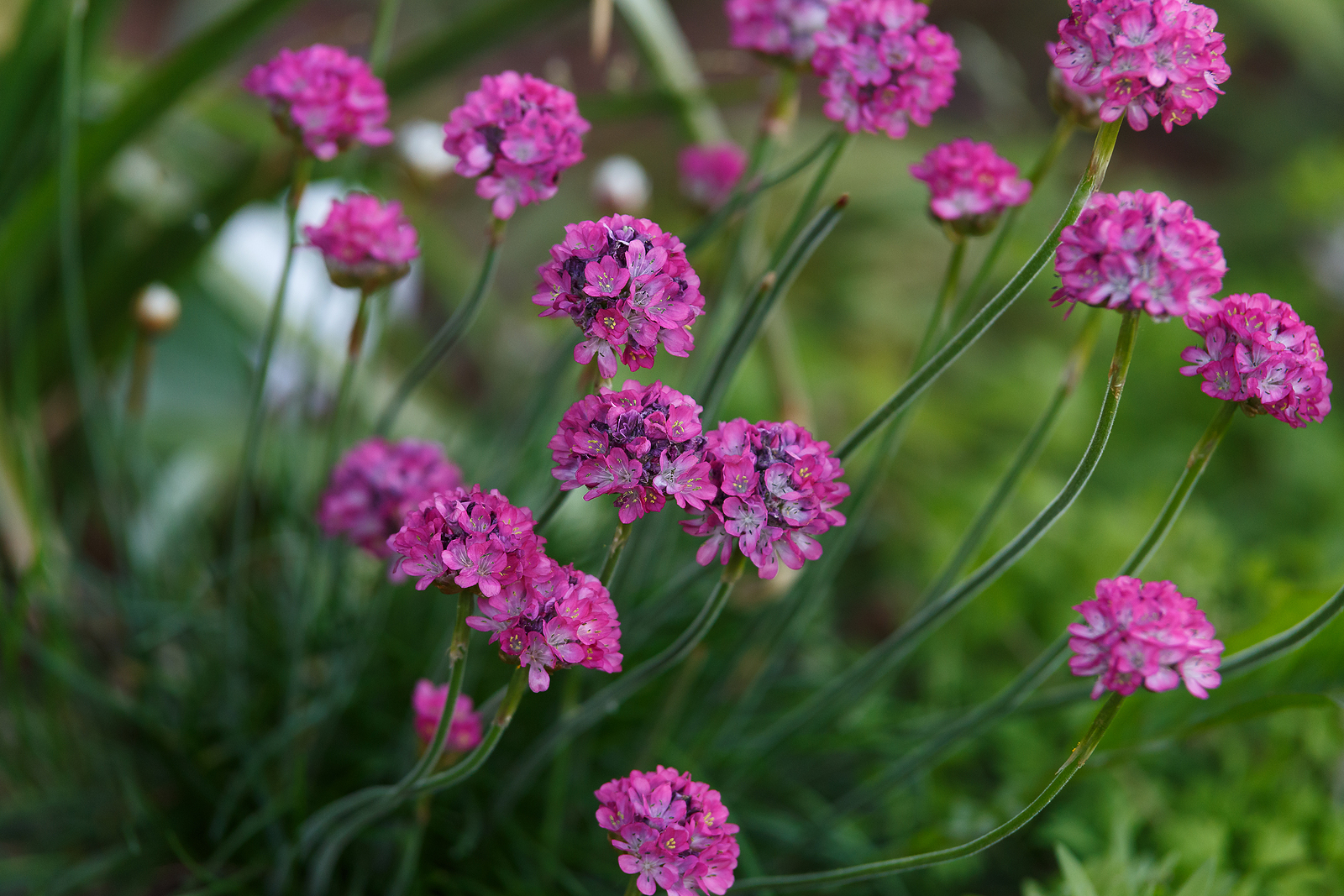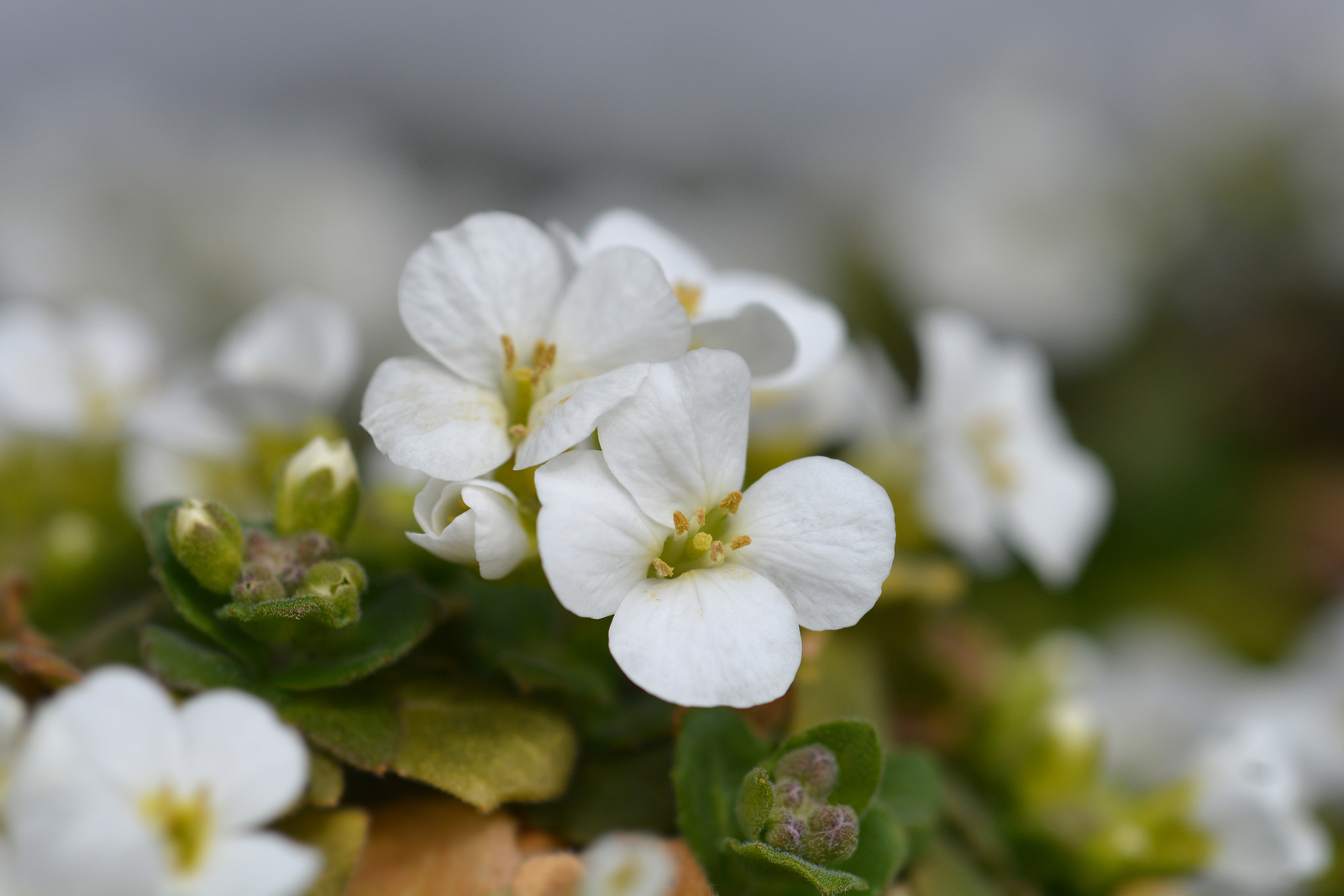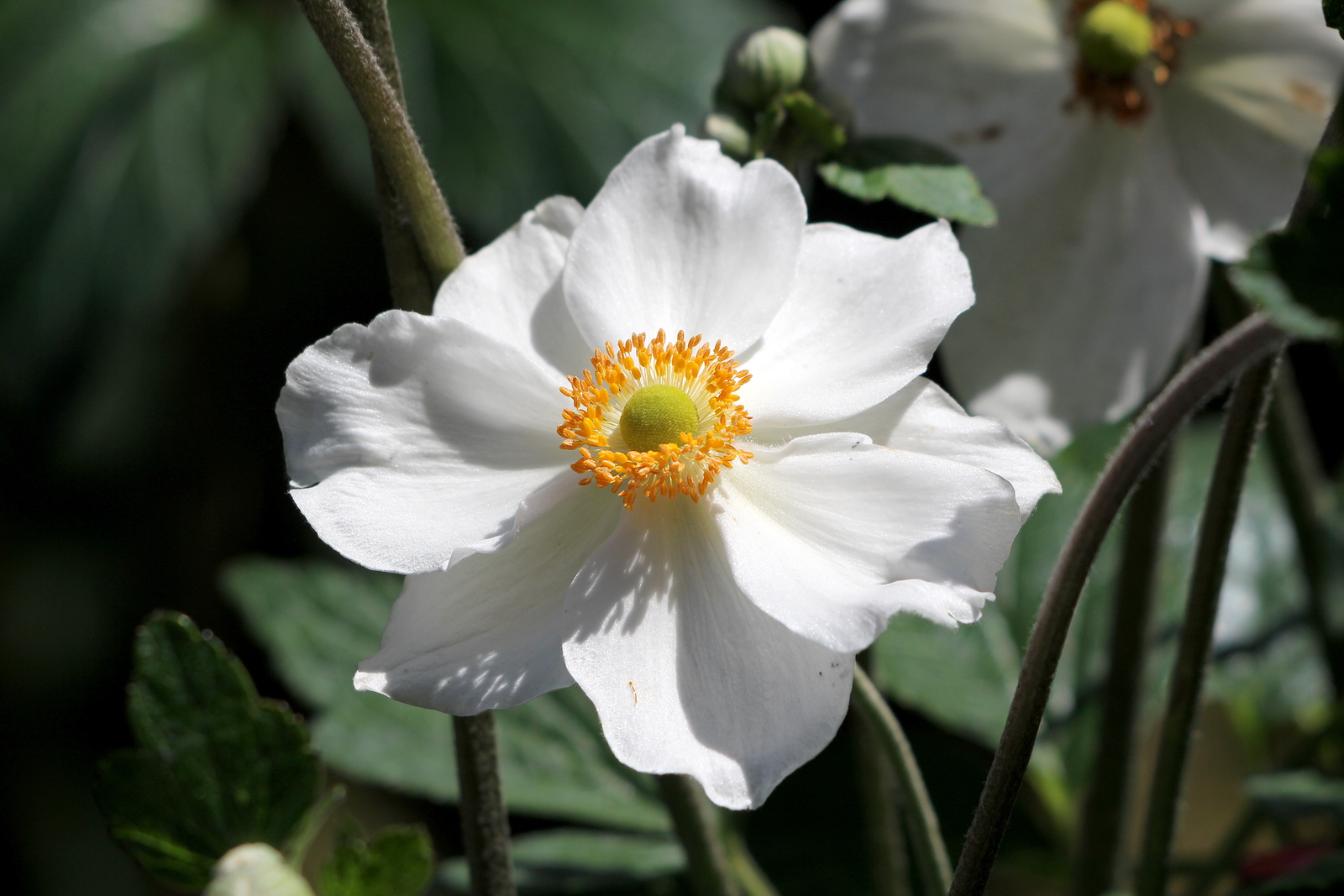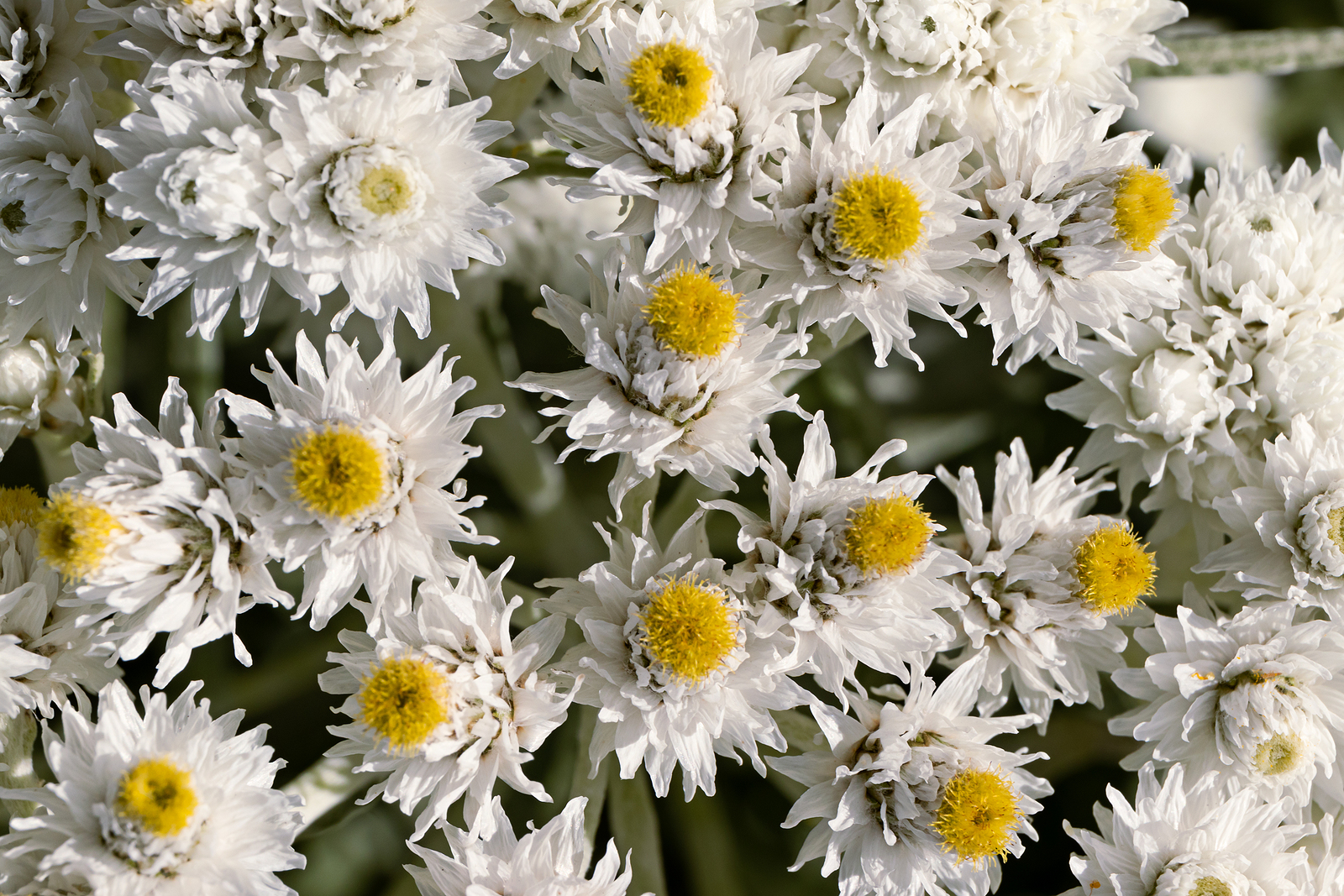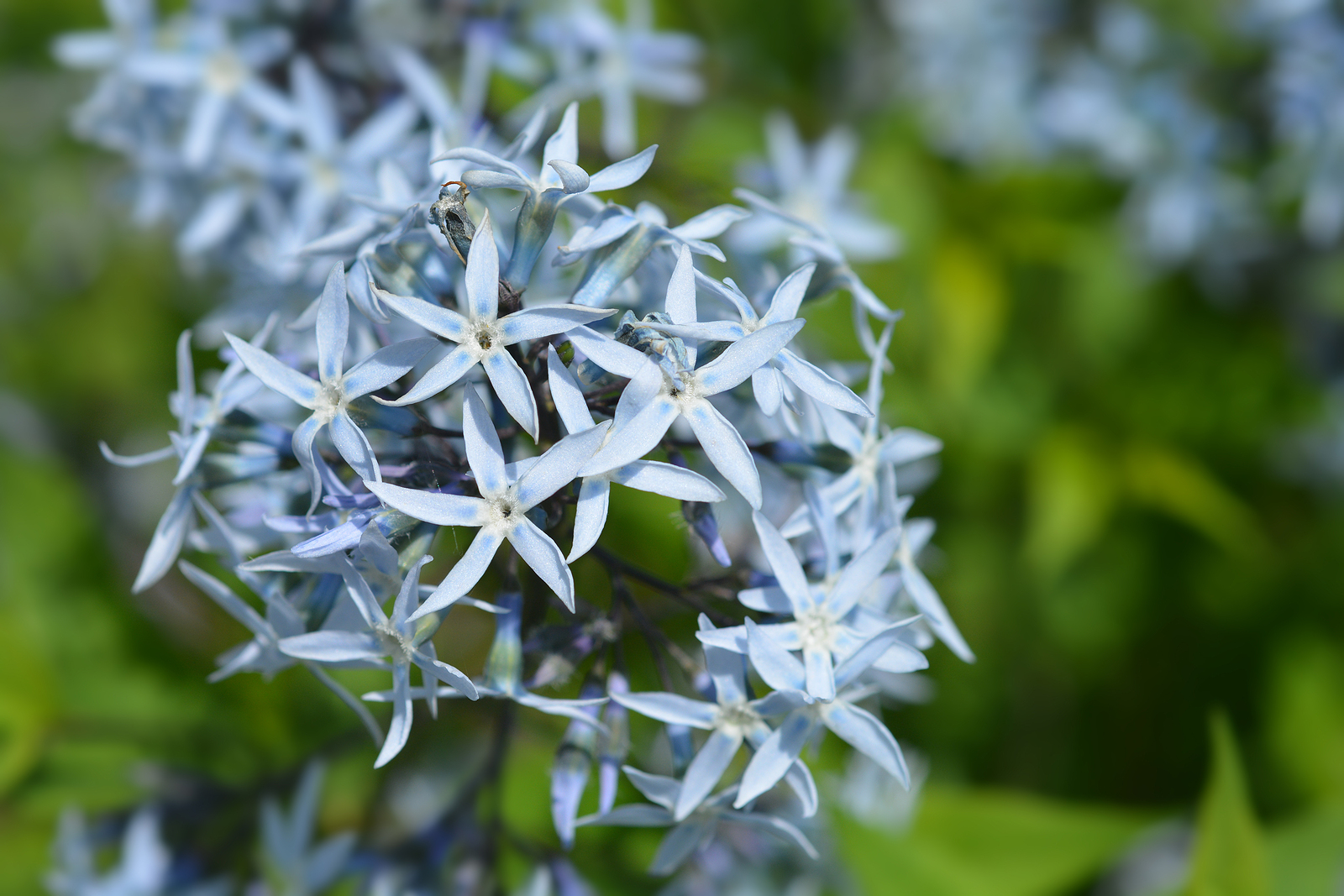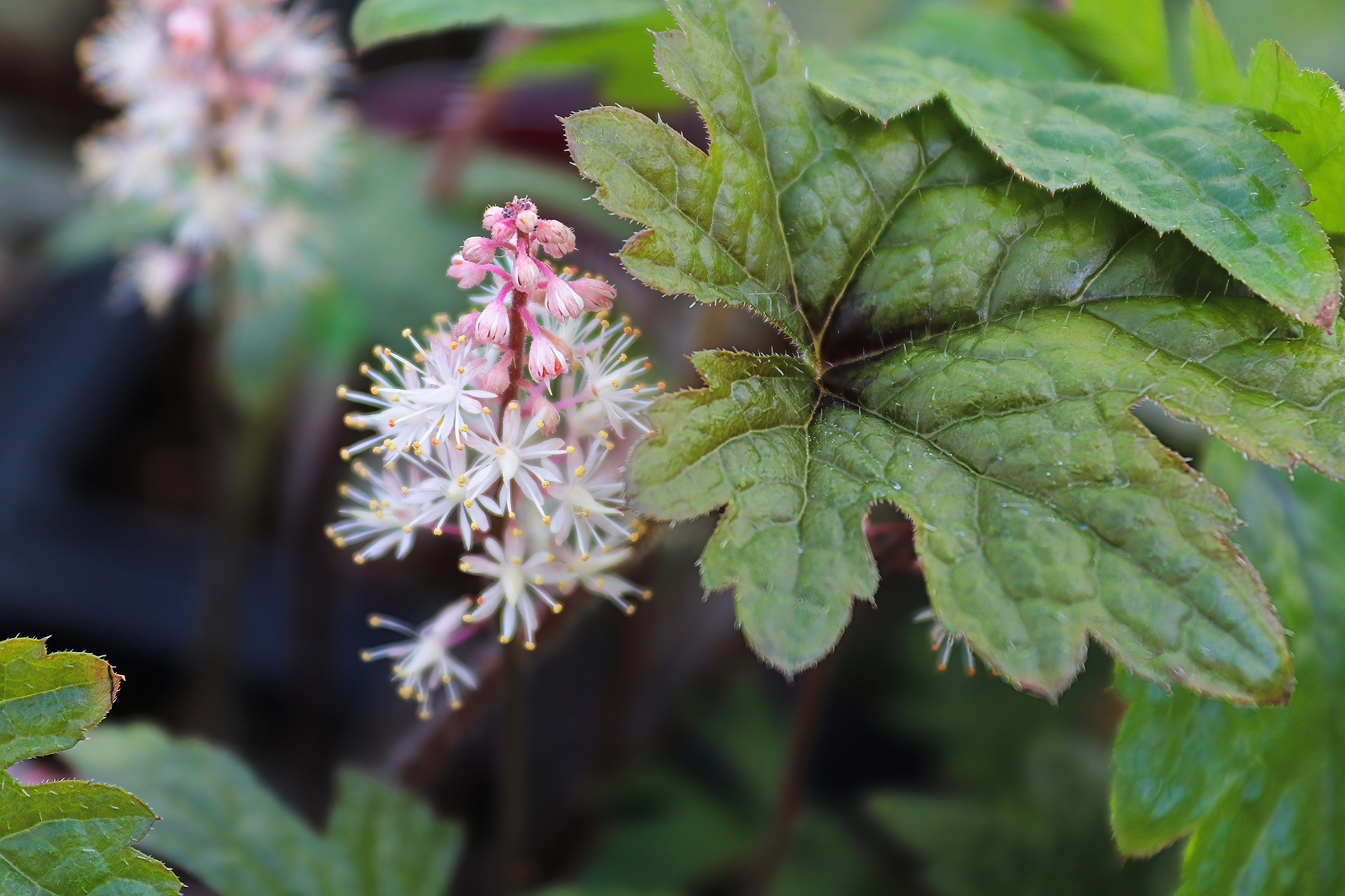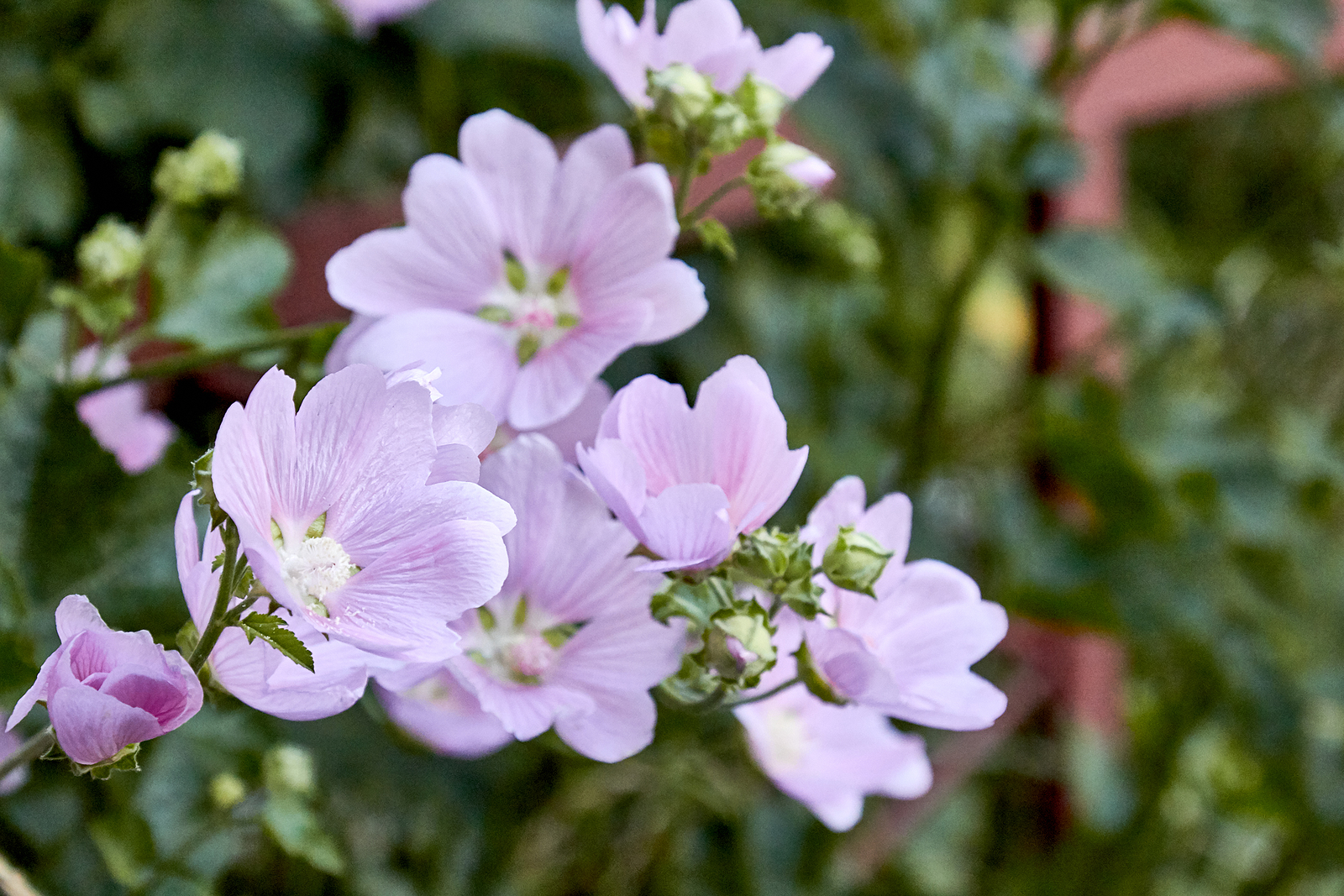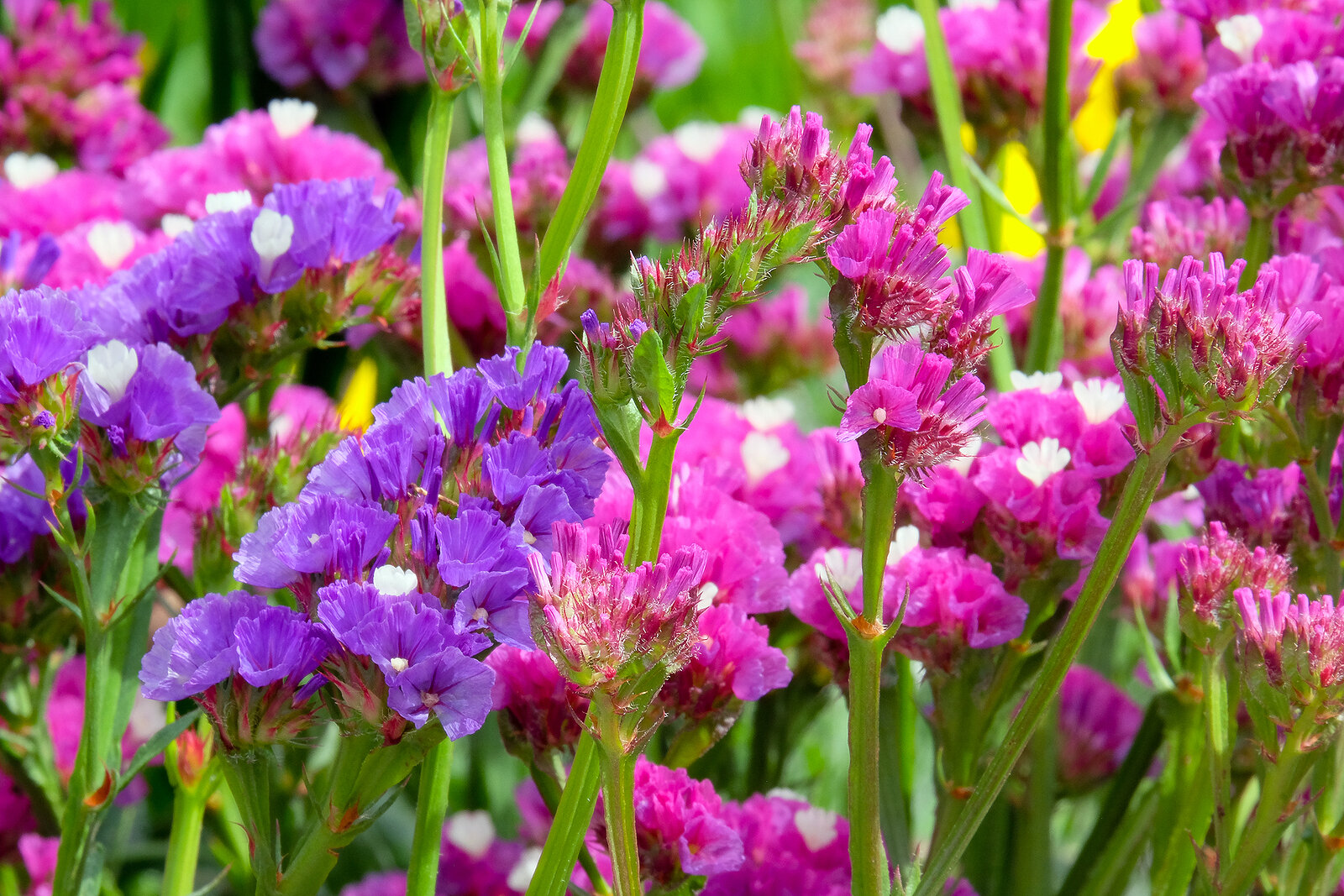How to Grow Sea Thrift — Armeria
Armeria is a low growing, long-blooming perennial. It is both drought-tolerant and salt spray tolerant making it a good choice for both seaside and inland gardens. Sea thrift has grass-like leaves growing in tufts and commonly pink flowers on long stems. The genus Armeria comprises dwarf perennials with evergreen leaves in rosettes and numerous flower-heads […] More

